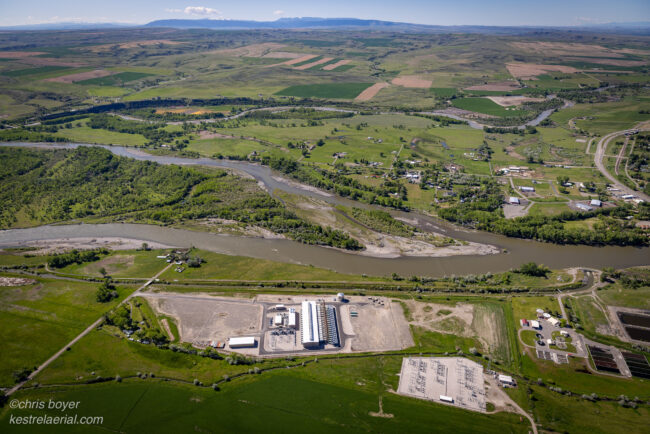
NorthWestern’s new gas plant on the Yellowstone River. Photo by Kestrel Aerial.
by Anne Hedges
The Montana Department of Environmental Quality (DEQ) thumbed its nose at the Montana Supreme Court, the people of Montana, future generations, and our Constitutional Right to a Clean and Healthful Environment when it released its draft and final environmental analyses for NorthWestern Energy’s gas plant near Laurel.
In early January, the Montana Supreme Court ruled that the DEQ was required to analyze the impacts to the climate from NorthWestern’s large methane gas plant on the banks of the Yellowstone River near Laurel, pursuant to Montanans’ constitutional right. Seven months later, DEQ issued a token analysis.
Just like its draft environmental assessment (EA) for the methane plant, which was issued on March 28 in accordance with the Montana Environmental Policy Act (MEPA), the final EA contained only one single, meaningless sentence about climate impacts on Montana that could result from the plant. DEQ never once mentioned that the methane plant will emit about 25 million tons of greenhouse gas emissions over its expected lifetime. Instead, DEQ assumed only a year’s worth of emissions, as if the plant would not continue to pollute the air for decades to come.
The extent of DEQ’s discussion of what this massive amount of climate-changing pollution would do in the state was limited to, “The impacts of climate change throughout the specified region of the state of Montana include changes in flooding and drought, rising temperatures, and the spread of invasive species (BLM 2023).” Even BLM’s cited analysis was far more robust.
Importantly, DEQ ignored the enormous volumes of studies that show the specific impacts of climate change on Montanans’ health, economy, and wildlife and natural resources. For instance, in 2023, Montana Wildlife Federation released a detailed report of the economic impacts of the climate crisis on Montana outdoor recreation. In 2024, Farm Connect Montana released a detailed report of the economic impact of the climate crisis on Montana agriculture. And, of course, there is the comprehensive Montana Climate Assessment and the report on Climate Change and Human Health in Montana. All of these reports – in addition to the Held Supreme Court decision and uncontested expert testimony – have extensive detail that DEQ ignored.
There is no doubt that DEQ failed to do its job – or even try. It completely ignored hundreds of pages of Montana specific scientific data that was submitted by the public. It ignored its constitutional obligation. It ignored future generations. And it wasted four months of taxpayer dollars changing the word “draft” to “final” without any evidence that it considered a single document that was submitted by the public. MEIC is considering legal action to force DEQ to conduct a more robust and scientific analysis in future permitting actions.
This article was published in the September 2025 issue of Down To Earth.

